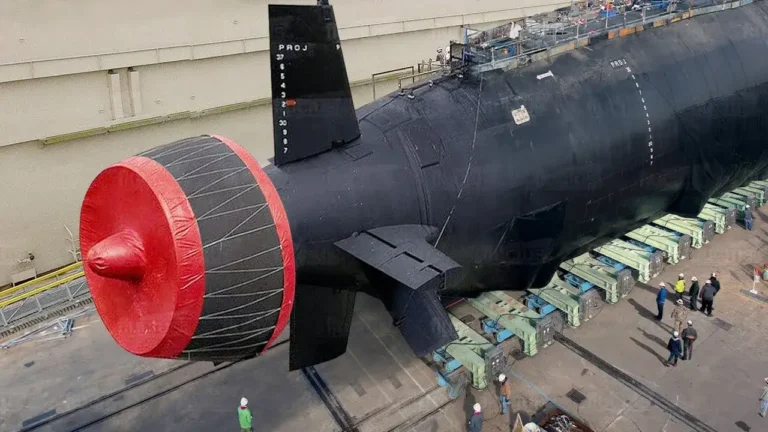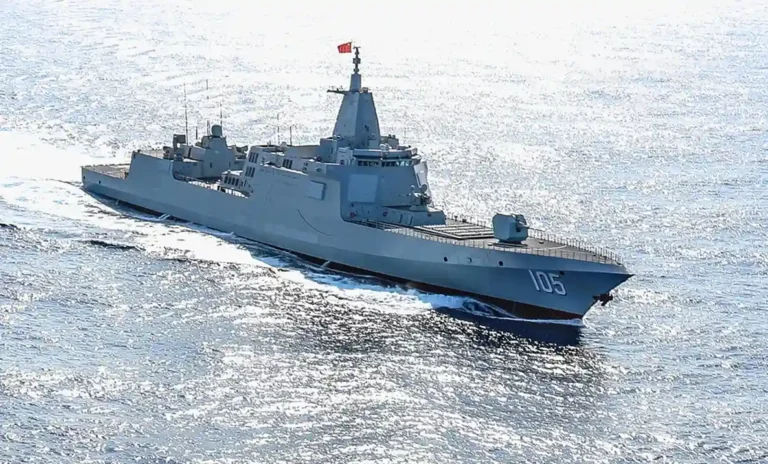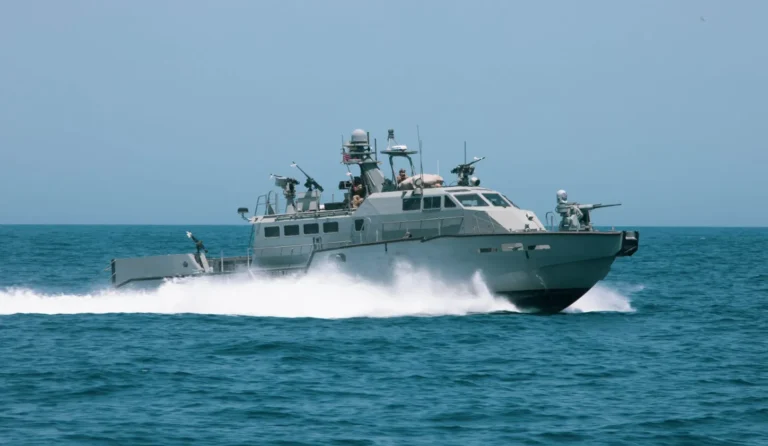Follow Us:
Share
Table of Contents:
Why a Nuclear-Powered Submarine is Preferable?
Defense Feeds – A recent hot issue arises as Australia cancelled a multibillion-dollar procurement for French diesel-electric submarines in favour of nuclear-powered subs from the US and the UK, triggering an unprecedented diplomatic dispute between the allies.
Under this contract, France agreed to provide Australia with diesel-electric Barracuda submarines for a total of 34 billion euros (A$55 billion) over a 25-year period, under this “deal of the century” signed between Paris and Canberra in 2016. However, this cancellation may definitely shocked Paris.
Anyway, what is actually the difference between the French submarines and those the UK and US will supply? and Why a nuclear-powered submarine is preferable than any conventional one?
Hello everyone, in today’s session, we will not focus on the recent disputes between Australia and France, it’s rather to take a closer look at Nuclear-Powered VS Diesel-Electric Submarines.
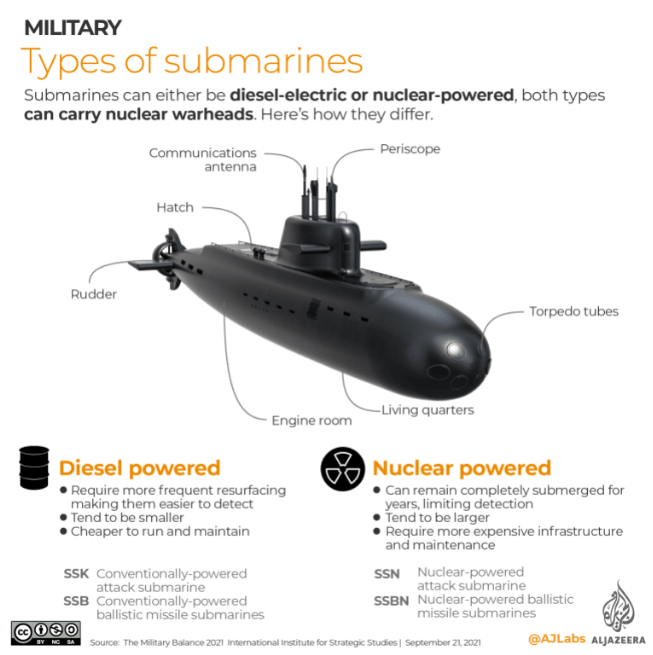
Generally, submarines can be driven by nuclear or diesel power. Here we can see the differences of both. Nuclear-powered submarines are built for endurance. They have a reactor that generates electricity to power electric motors and propellers, or they can use heat from the reactor to create steam to turn the turbines.
On the other hand, submarines which are diesel-electric are smaller and may operate silently by turning off the diesel engine and reliance on battery power. However, one disadvantage is that the boats need resurface on a regular basis to run their diesel engines and recharge their batteries.
Additionally, the majority of submarines nowadays are conventionally powered (diesel-electric), smaller, and less costly to maintain.
Why a Nuclear-Powered Submarine is Preferable?
Nuclear-powered submarines are preferred for a variety of reasons, including their stealth and detection capabilities. As the main capability of a submarine is stealth by having a clandestine weapon, it carries few defensive measures on board, instead relying on concealment for safety.
Due to this reason, a submarine is most vulnerable when snorkeling. Diesel-electric submarines snorkel quite often to clear the exhaust from running their diesel generators to charge their batteries. They need to slow down when snorkelling, because of the fragile nature of their masts and to prevent exposing themselves.
Since nuclear propulsion is independent of air, nuclear submarines have no need to snorkel when operating on station, they can maintain maximum stealth by staying completely submerged.
Moreover, Speed is an important tactical consideration since it determines manoeuvrability and the ability to alter depth quickly with flow over the hydroplanes. Nuclear power allows attack submarines to maintain underwater speeds of more than 30 knots, which is significantly faster than any current diesel submarine.
Interestingly, nuclear submarines, for example, can carry enough fuel for up to 30 years of operation and only need to return to port for maintenance and supplies. It can be noted that the nuclear submarine is a very effective offensive weapon, capable of projecting power and taking the fight to the adversary, thanks to its superior speed, stealth, and endurance.
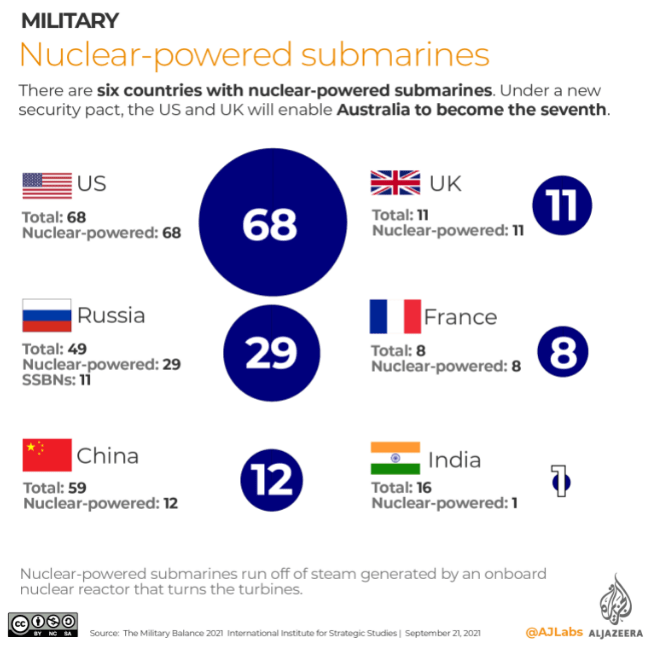
For additional information, which country has nuclear-powered submarines?
There are six countries with nuclear-powered submarines and Australia will become the seventh country under the new security partnership between the United States and the United Kingdom. By having the submarines’ nuclear propulsion, it does not mean that Australia will carry nuclear weapons.
Furthermore, the United States developed the first nuclear-powered reactor. According to the International Institute for Strategic Studies (IISS), all of the United States’ 68 operational submarines are nuclear-powered, with 14 of them being strategic nuclear-powered ballistic missile submarines.
Moreover, Russia currently possesses 49 submarines, including 29 nuclear-powered submarines, 11 of which can deploy long-range ballistic missilLastly, China has been attempting to enhance its naval capabilities in which Beijing operates at least 59 submarines, 12 of which are nuclear-powered and half of which are also nuclear-powered ballistic missile submarines.
Share
Defense Feeds
Defense Feeds is publication focusing on informing, engaging, and empowering the world by providing accurate information from defense technology.
Powered by Defense Feeds © 2025 – All rights reserved.

